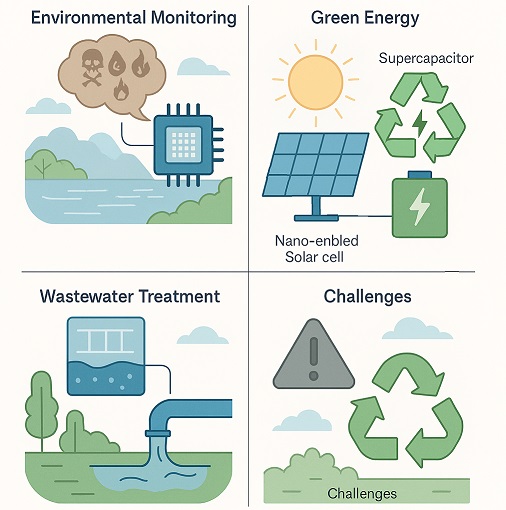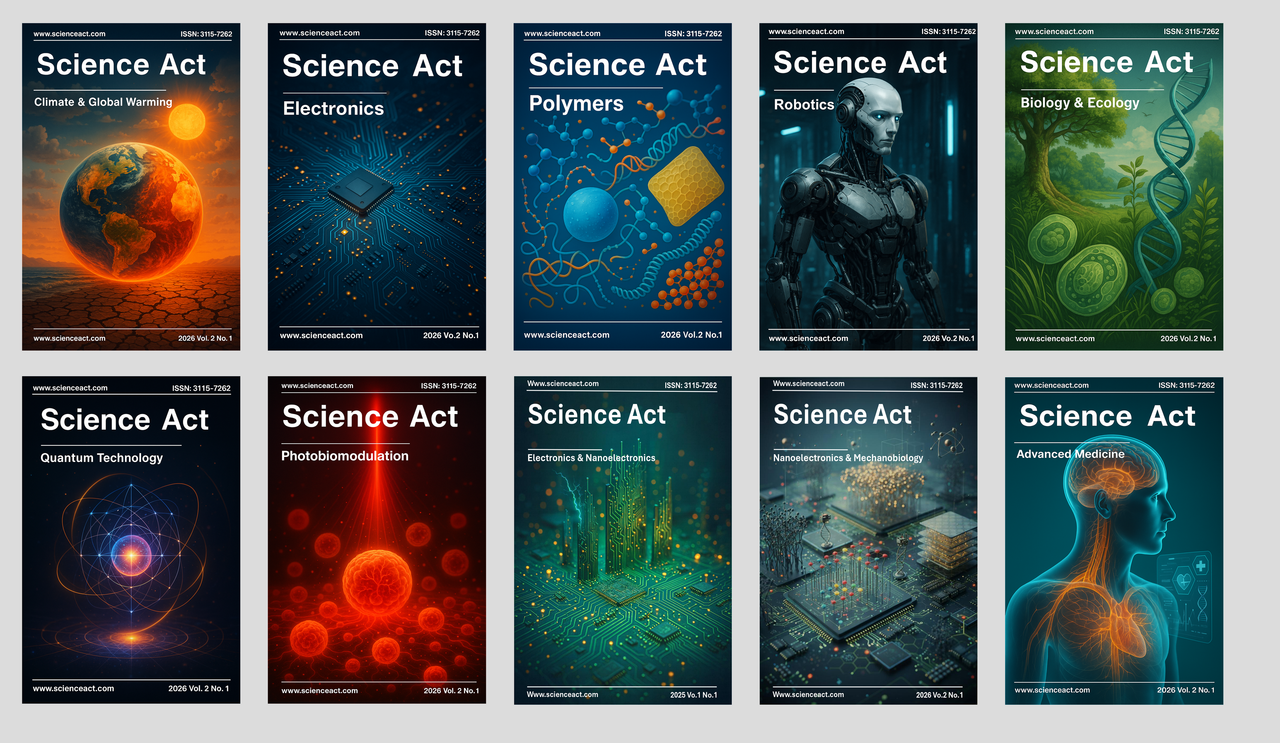Integrating Semiconductors, Sensors, and Radiometers: Advancements in Electronic and Nanoelectronics Technologies for Scientific and Industrial Applications
Advancements in Electronic and Nanoelectronics Technologies for Scientific and Industrial Applications
Keywords:
sustainable ecosystems, environmental systems, nanoelectronics, real-time pollutant mappingAbstract
Nanoelectronics has emerged as a transformative force in environmental science, offering unprecedented precision, sensitivity, and miniaturization in monitoring, remediation, and sustainability technologies. As global challenges such as pollution, climate change, and resource depletion intensify, nanoelectronics systems—particularly nano sensors, nano transistors, and nano-enabled energy devices—provide novel solutions. These technologies facilitate ultra-sensitive detection of environmental toxins, real-time pollutant mapping, and efficient energy conversion and storage. Nevertheless, concerns persist regarding the life-cycle environmental impact of nanomaterials, from synthesis to disposal. This review highlights state-of-the-art advancements in nanoelectronics for environmental applications, analyzes their ecological and societal implications, and proposes strategic pathways for sustainable integration. Bridging nanoelectronics with environmental systems can significantly advance the development of smart, adaptive, and sustainable ecosystems.





